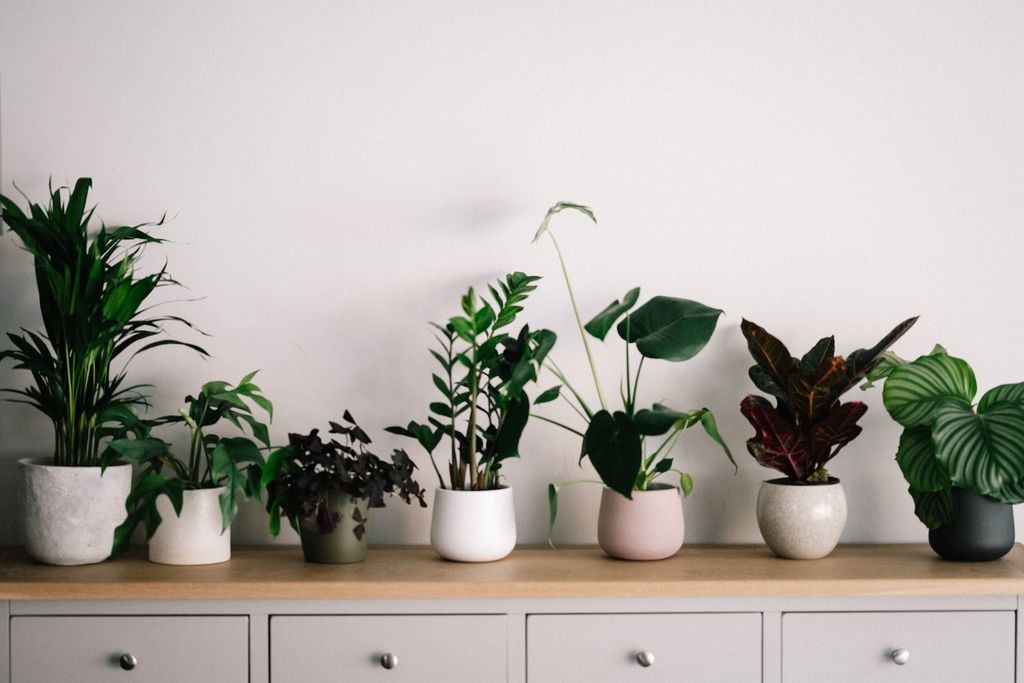When designing a space, for example, a home, it is easy to be roped into focusing on things like colours and textures. However, it is important to think about the user, how they will use the space and how to make it as usable as possible for them. This is what human centric designs are all about. They put the user at the centre of design and create solutions that are intended to make things easier for them. Because this approach puts the homeowner first, it ensures maximum satisfaction as long as they live in the house or until the next redesign.
To help you achieve this, whether you are a designer or homeowner, we will look at a few ideas and ways you can achieve a human centric home design.

Conscious Design as the Anchor for Human Centric Home Designs
These days, it is more important than ever to create homes that last. This is a continuation of the overarching trend of sustainability, whether in how we design our homes or elsewhere. Designing and purchasing pieces and homes that will last a long time takes conscious effort, and this effort leads to the right choices.
Following this thinking, it is not difficult to see why handmade and long-lasting antique pieces are being used in more homes now. Homeowners and designers feel a connection to these historical pieces because they tell a story or hold an intrigue that we seek to discover.
Knowing you are supporting a local business while also maintaining sustainability practices induces the satisfaction and joy associated with a human centric design approach.
Ditching Fragmentation for Integration
Holistic design, where everything works together and fits tightly, is another idea to keep in mind when working on a human centric home design. The colours, textures, materials and other characteristics of everything included in the overall design should work harmoniously and work towards making the larger whole better.
Treating the design project as a whole instead of individual parts that have to come together helps architects and interior designers produce outcomes that enhance the user experience and are relevant to their situation. Integration is such a crucial part of human and user centric design that companies like MJMDA architects put it high on the list of things they keep in mind when designing a home.
Making Things Obvious
There are a lot of obvious things, such as where to sit on the sofa. However, things like intricate lock mechanisms and complicated labels can make things less obvious. This impacts the satisfaction we have with these things, and it goes against the principles of human centric design.
Making things as obvious as possible helps a lot, especially in cases where we do not have the mental energy to think about how something works.
For example, a dimmable light switch with an arrow pointing to the right is obvious to use, while one without a label is confusing. This is the case with a sliding glass door, where one might not know which pane to slide or whether to push or pull.

A Focus on User Wellbeing
Everything used inside the house should be beneficial to the homeowner’s overall health. Consideration can include using intuitive dispensers and sanitisation methods, easy access to temperature controls and using HVAC systems that are user-serviceable all work towards this goal.
User layouts that encourage the homeowner to walk around the home or colours and shapes that provide a soothing environment also help to enhance the homeowner’s wellbeing.
Bringing Nature Closer
Most people crave a connection to nature whether they know it or not. This is the reason why plants are so soothing in the home. Potted plants and plant walls are great additions to consider for new homeowners.
It is important to find plants with lots of colour and ones that are easy to maintain for the homeowner. Succulents and other hardy plants are suitable for this. If the occupant does not mind taking care of the plants, there are lots of plant species that do not require too much care.
Ensure There is Enough Light
As with plants, light can have a profound effect on our comfort, mood, mental well-being and so much more. Light can also make a home feel habitable and welcoming. This is the reason why any home design should ensure enough access to natural light for as long as possible throughout the day.
Placing windows in the right spot and using window treatments that allow light to pass through will help with home. For homes that do not have many windows, hanging mirrors on different walls can increase the amount of light in a home as it bounces off the mirrors.
Dynamic Textures and Patterns
The human mind is intrigued by spaces that make us comfortable and accepted. Dynamic textures and patterns on different things in the home can help produce these feelings. We are already seeing this trend becoming popular in millennial homes, with patterned and pleated items becoming very popular over the past few years.

Human centric designs should make the user — in this case, the homeowner — feel comfortable and satisfied with the item being designed. In the case of a home, the home itself and everything in it should provide this comfort and satisfaction.
